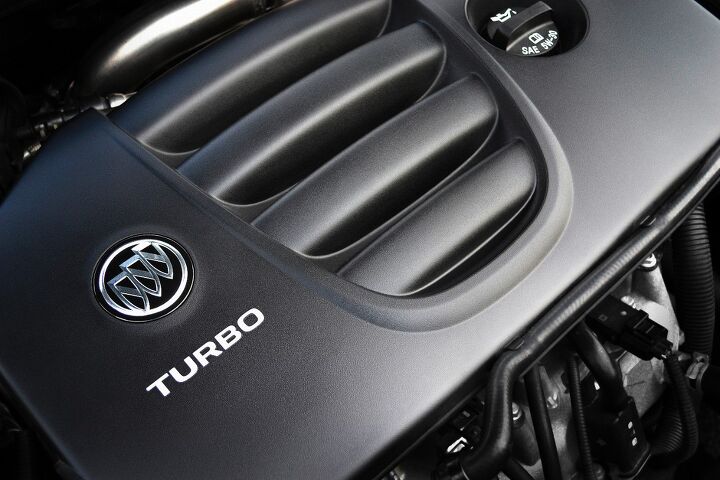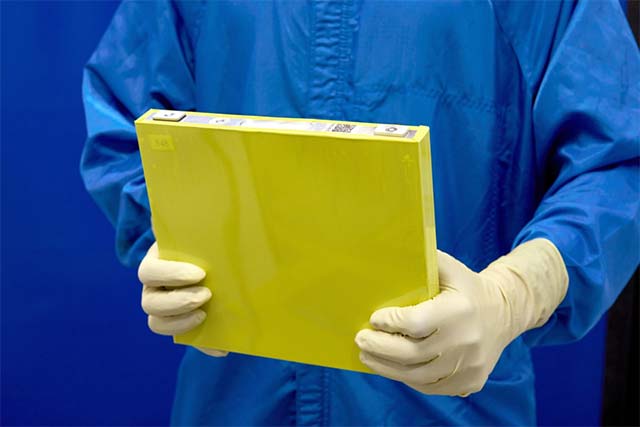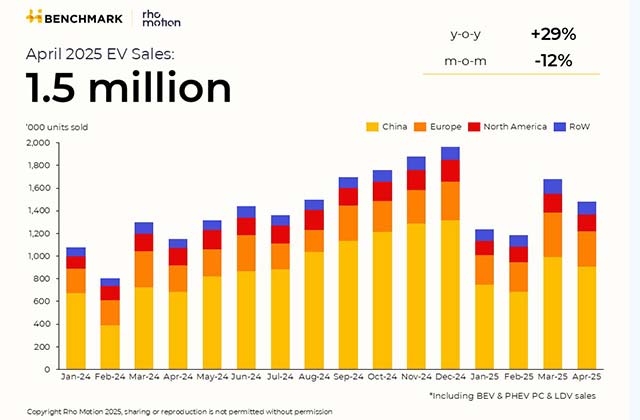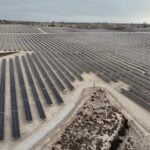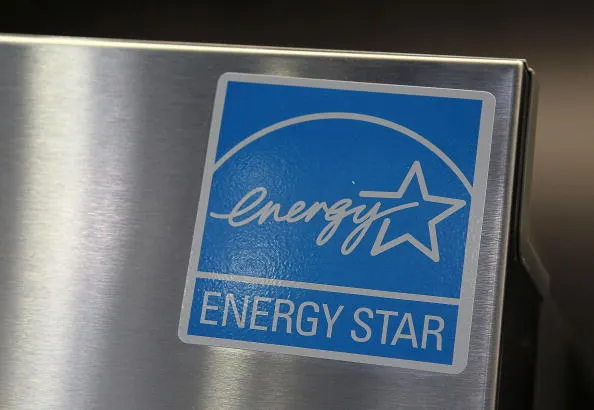High Open‐Circuit Voltage and Efficiency CsPbI3 Perovskite Solar Cells Achieved by Hole Transport Layer Modification
Advanced Energy Materials, Volume 15, Issue 18, May 13, 2025.

Herein, a multifunctional 1,2-Bis(perfluoropyridin-4-yl)disulfane (BPFPDS) is developed as dopant for Spiro-OMeTAD. The hydrophobic BPFPDS can immobilize Li+ by the N-Li, F-Li and S-Li synergistic interaction between BPFPDS and Li-TFSI, and restrict the volatility of t-BP by the F–N supramolecular interaction. The BPFPDS-treated CsPbI3 perovskite solar cells realized record efficiency/V
OC of 21.95%/1.29 V and excellent stability.
Abstract
The lithium bis(trifluoromethane) sulfonimide salt (Li-TFSI) and 4-tert-butylpyridine (t-BP) codoped 2,2′,7,7′-tetrakis(N,N-di-p-methoxyphenylamine)-9,9′-spirobifluorene (Spiro-OMeTAD) is a very classic and dominant hole transport layer (HTL) for the fabrication of high-efficiency perovskite solar cells (PSCs). However, the PSCs based Spiro-OMeTAD often shows poor stability due to the hygroscopic Li-TFSI that is prone to ion migration, the volatile t-BP, and the time-consuming oxidation in air. Herein, hydrophobic 1,2-Bis(perfluoropyridin-4-yl)disulfane (BPFPDS) is designed to optimize Spiro-OMeTAD. The S-Li, F-Li, and N-Li synergistic interaction between BPFPDS and Li-TFSI inhibited Li+ ion migration, and the hydrophobic property of BPFPDS balanced the humidity sensitivity of Li-TFSI, which prevented both Li+ ions and water molecules from corroding the perovskite layer. In addition, the F-N superamolecular interaction between BPFPDS and t-BP restricted the volatility of t-BP, which indirectly prevented the migration of Li+ ions. As a result, the BPFPDS-treated CsPbI3 PSC engendered a respectable efficiency of 21.95% and an impressive open-circuit voltage (V OC) of 1.29 V. The BPFPDS-treated devices sustained 96% and 98% of their efficiencies after aging in the air for 3000 h and tracking at maximum power point for 1200 h, respectively.













